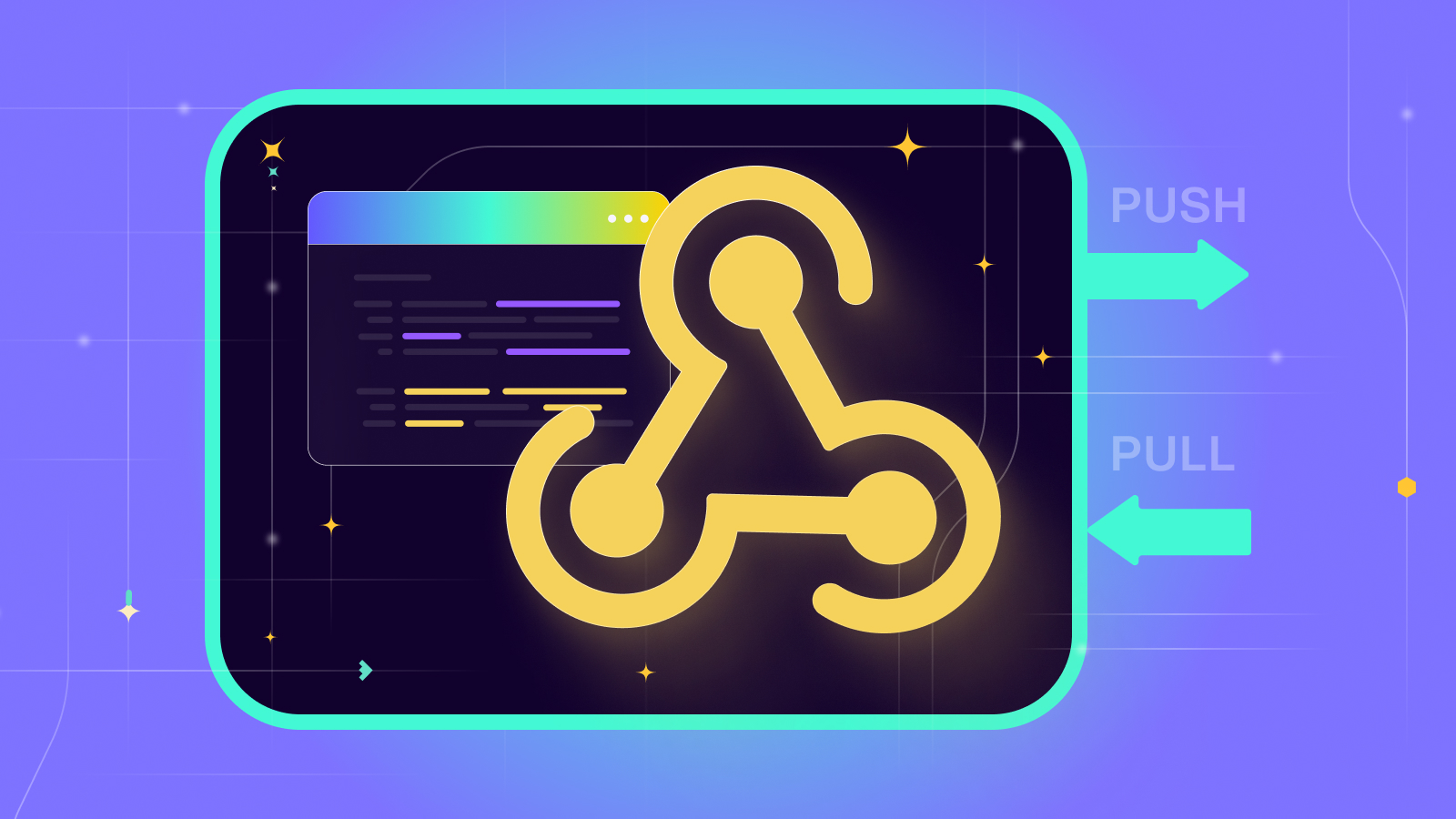How Dstny is Building the Future of In-House Communication Using Memphis.dev
 Contents
Contents
We sat down with the remarkable Maxime de Streel, a cloud engineer at Dstny, to delve into the implementation of Memphis.dev within the organization. Our conversation revolved around exploring the unique use case and the journey towards finding the optimal solution. Maxime’s expertise and insights shed light on the specific challenges faced, the alternative solutions considered, and the reasons that ultimately led them to choose Memphis.dev as the preferred solution.
What is Dstny?
“We at Dstny are a European leader and innovator in secure cloud communications, based on our powerful UCaaS offer and technology. Over 2 million business users are empowered to communicate, collaborate, and provide excellent customer service with our tools at hand. We enable service providers, partners, and end-users as well as 3rd party services to thrive in our ecosystem. With headquarters in Brussels, we have more than 700 employees in 7 European countries and an annual turnover of close to €190 million in 2021.”
Could you please describe in detail the specific use case for which Memphis.dev was implemented?
“We started implementing our notification mechanism and explored different solutions. One that stood out and resonated with our team was utilizing a message broker due to its asynchronous communication method, making it easier to maintain and scale compared to HTTP requests. As we delved into available options, we considered Kafka, which we were already using. However, we sought an alternative, considering the challenges in configuring Kafka and troubleshooting issues. That’s when we discovered Memphis.dev after searching and looking into a listing of the best message brokers in 2023.”
How long has Dstny been using Memphis.dev?
“We have been using Memphis.dev at Dstny for approximately two months since mid-July 2023, initially in the staging environment and fully in production from September.”
Were there any concerns about choosing an early-stage technology like Memphis.dev?
“Initially, there were concerns about whether the solution would work because it’s very young and we weren’t sure it is production ready. However, being actively responsive to our comments and the fact that it’s an open-source solution played crucial roles. We value open-source software”.
What changed your mind?
“I found that the team and managment needed to experience the solution firsthand. Simply relaying information wasn’t enough; they needed to test it themselves. That’s why I set up the sandbox environment for them to play around with. I was away on holiday, When I returned, they seemed satisfied with the solution. I believe it was due to their hands-on interaction with Memphis and realizing its effectiveness”.
Did you explore or utilize any alternative solutions before approaching Memphis.dev?
“Initially, we considered Kafka but faced difficulties due to its configuration and troubleshooting challenges. We also explored options like RabbitMQ, but its scalability was a concern. This was a crucial factor for us, also RabbitMQ typically functions as a single-server broker suited for smaller applications, which wasn’t a good fit for our requirements”.
What were the key factors that influenced your decision to select Memphis.dev as the preferred solution for your needs?
״ Several factors played a role in choosing Memphis.dev, including its ease of use. The intuitive GUI also stood out, offering visibility into messages, producers, and consumers, and the availability of the support team in debugging״.
“I tried various solutions, and Memphis.dev was remarkably easy to install. The UI was impressive, which is by itself a rare find in streaming solutions, providing insights into the message’s journeys, support for future tenant features, a streamlined installation process, comprehensive documentation, and health checks were also factors that influenced our decision.”
How well did Memphis.dev integrate with your existing systems and technologies?
“Integration was smooth due to Memphis.dev’s Kubernetes-native nature. It was incredibly easy to configure and deploy. The comprehensive and clear documentation further facilitated a seamless integration process.”
How quickly did you realize/receive value from Memphis.dev?
“Configuring Kafka was a time-consuming process. In contrast, learning Kubernetes for Memphis took a bit of time, primarily focusing on permissions, creating service accounts, and handling Memphis images within an internal repository. However, it only took a couple of hours to get Memphis running and functioning effectively.”
Could you describe Memphis.dev in your own words?
“It’s effortless to install with just a few clicks. I had it up and running smoothly. As a cloud engineer, this was the simple and effective solution I was seeking—a solution that just works without needing too much attention. Other developers can integrate, install, and use it according to their needs, whether for event streaming, live data streaming, or syncing data between servers—everything worked seamlessly.”
What is Dstny future plans?
“We plan to test the ack-based retention feature and value Memphis.dev’s stateless approach.
We completely removed Kafka from our solution. Although Kafka was initially used for redundancy purposes, Memphis efficiently replaced its functionality. Once we integrated Memphis and found it to be stable, we began exploring additional features, such as ensuring consistency within the environment. This marks the next phase of our utilization”.
To explore if Memphis.dev would be the ideal solution for your specific use case, schedule an appointment here.


